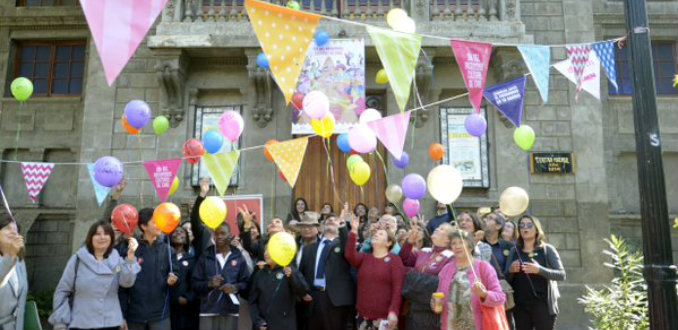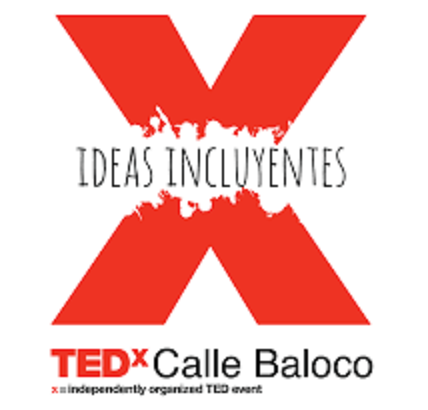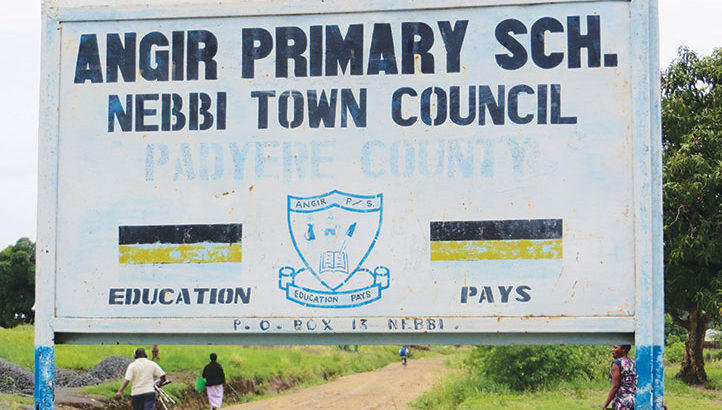África/Uganda/29 Mayo 2016/Fuente:Theobserver /Autor:Racheal Ninsiima
Resumen: El espacio físico limitado en la escuela primaria en el distrito de Nebbi Angir ha obligado a dos escuelas compartir un edificio. A poca distancia de la ciudad de Nebbi existen las escuelas-dos-en-uno, en la entrada hay dos señales que se colocan uno frente al otro para diferenciarlas.
Ever heard of two schools sharing the same building? Well, RACHEAL NINSIIMA came across such a situation on her recent trip to Nebbi and reports.
Limited physical space at Angir primary school in Nebbi district has forced two schools to share a building. A short drive from Nebbi town led me to the two-in-one schools At the entrance, there are two signposts standing opposite each other.
One reads – ‘Angir Primary School: Education pays’ while the other, ‘Angir COPE Centre.’ COPE stands for Complimentary Opportunities for Primary Education, a programme offering non-formal education for primary school pupils.
The two signposts point to three buildings in one compound. Two of the three buildings belong to Angir PS; while the other marks COPE.
The conditions at Angir primary school may be described as hellish; no library, a tree shade for a classroom and no office space for the head teacher. When I arrived at the school on a rainy morning, I found Jane Kabalisa Onangiu, the school’s head teacher, marking scripts in a congested room, which doubles as a library for her school. The room, in which she is sitting, belongs to the COPE school.
She tells us that sharing premises with COPE is a remarkably complex issue dating from the school’s history.
«[Angir] started in a grass-thatched house under the leadership of the Catholic Church in 1980, but later collapsed due to neglect,» she narrates. «It was later taken up by the Protestants but not much changed and it collapsed again until it was taken over by government in 2002.»
Angir started in another part of the town council before transferring to to it’s current place in 2002. On the other hand, COPE was introduced there in 2000. The decision for the two schools to share the buildings was made by Angir’s Parents Teachers’ Association, requesting COPE to share premises.
The government has constructed only two classroom blocks for Angir, forcing the school to borrow one more classroom block from COPE school.
«We only use the COPE centre until midday to allow the children signed up for COPE to use their premises in the [afternoon]. Angir primary has 525 pupils at the moment and they cannot fit in the two blocks,» she laments.
Coexistence is clearly an uphill task and to minimize the inconvenience, parents of Angir primary are now soliciting funds to complete a classroom block.
«In March this year, the school administration requested parents to contribute Shs 3,000 per term in order to build a new classroom block. We hope the building will be completed by end of year,» the headteacher says.
TREE SHADE FOR A CLASSROOM
Bogged down with inadequate infrastructure for all the pupils, the school management has been forced to teach primaries one to three together under a tree. When I arrived at the school, I saw hundreds of pupils clumped together under a mango tree trying to recite a few lines from story books.
Although it was drizzling, the pupils went about their routine recitals unabated. Some sat on the muddy floor while majority were on bricks.
«These bricks are what we use as furniture here. I have never sat on a bench. When it rains, we do not come to school and when it is too hot, it becomes uncomfortable for us too,» says Mungu Acen, a P3 pupil.
Acen envisions becoming a teacher in future just like many in her class, but their teacher Godwin Orombi is afraid that these ambitions will not come to fruition if the pupils have to study under such unbearable conditions. Many of them are struggling to learn and speak English and thus; so, most of the lessons are conducted in Alur.
Kabalisa Onangiu says it is difficult and unsafe to conduct lessons during the rainy season, as it exposes children to complications such as pneumonia. She says two pupils had to drop out of the school early this term due to chest complications.
According to her, the school which has 13 teachers, currently also lacks other amenities required for learning, including desks and chairs. This has forced parents to withdraw their children from the school. She notes that enrollment is usually high in P1 but this tremendously reduces in higher classes.
«We are struggling to offer free uniforms, lunch and education to these underprivileged children. Seeing them grasp what we teach is enough motivation to keep us going,» she says.
To solve the school’s problems, Kabalisa urges government to construct two more classroom blocks and a staff room. She also calls for increased quarterly funding which is currently at Shs 1.5m.
Fuente de la noticia:http://observer.ug/education/44359-where-two-primary-schools-share-premises
Fuente de la imagen:http://observer.ug/images/Angir-Primary-school-signpost.jpg












 Users Today : 88
Users Today : 88 Total Users : 35422411
Total Users : 35422411 Views Today : 102
Views Today : 102 Total views : 3357401
Total views : 3357401